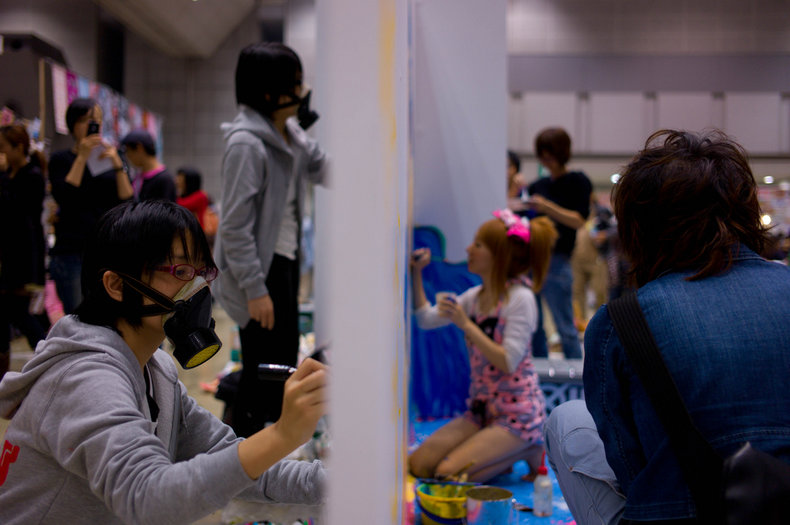
 |
A-Z | Popular | Blog | Design | Search » |
|
top
»
design
»
types of design
»
visual design
»
layout
8 Types of Layout John Spacey, updated on
 1. Unity vs VarietyUnity is a design that sets rules of sameness for design elements such as a common structure or look and feel. It is an easy approach to making something look consistent and organized. Variety is the opposite approach that embraces diversity of structure and appearance in a design that's typically a far more challenging technique.2. Symmetry vs AsymmetrySymmetry is a design that uses symmetrical shapes and forms such as rectangles. Symmetrical shapes give a balanced and organized appearance to a design. The use of asymmetrical shapes is typically considered a more advanced approach that can be aesthetically appealing and unique.3. Hierarchy vs FlatA hierarchy is a classification scheme that divides things into a tree structure with branches. The opposite approach is a flat structure that keeps classification and structure to a minimum.4. Similarity vs ContrastSimilarity between elements can be used to give a design a comfortable rhythm. Contrast is used to highlight something, direct the eye or make something more visually stimulating.5. Filled vs EmptySpace, often referred to as negative space, is the use of emptiness in a design. In the case of architecture, space includes the functional areas where people live and work. In a visual design, space is used for aesthetics and to make elements more visible and distinct.6. Stability vs VariabilityStability is a static, predicable and established approach to a design that is generally comfortable and easy to learn. A variable design includes things like contextual information, movement or predictive functions that are harder to learn, less comfortable but more powerful.7. Mechanical vs OrganicA mechanical design uses shapes and forms that can be drawn with a ruler or compass. An organic design looks hand drawn or natural.8. Static vs DynamicAdaptability is a measure of how well a design handles change on a scale from static to dynamic. For example, a static webpage is designed to display specific information while a dynamic webpage may be capable of handling diverse media and information from a variety of sources.DesignThis is the complete list of articles we have written about design.If you enjoyed this page, please consider bookmarking Simplicable.
CompositionThe art of arranging the elements of a design.Shape And FormThe difference between shape and form as design elements.
StyleA distinctive character that comes through in a creative work.SymmetryThe difference between symmetry and asymmetry in design.UnityWhen elements of a design follow the same structure, rules, look and feel.DesignA comprehensive guide to design.Color TheoryAn overview of color theory.Modeless vs Contextual
The difference between modeless and contextual user interfaces explained.
Types Of DesignA list of common types of design.Design ProcessThe steps in a design process.Design QualityThe common types of design quality.Universal DesignA definition of universal design with examples.Sensory DesignA definition of sensory design with examples.Emotional Design
An overview of emotional design.
EleganceThe definition of elegance with examples.Urban DesignA few common urban design terms.Green Walls vs Green Facades
The difference between a green wall and green facade.
Sustainable Urban DesignA list of sustainable urban design techniques.Passive Design vs Active DesignThe difference between active and passive design.Street Canyon
How a street canyon changes an urban environment.
Parti Pris
An overview of parti pris in architecture with an example.
City IssuesA list of common city issues.Community ProblemsA list of common community problems.Things In Cities
An a-z list of things in cities.
City TypesAn list of the common types of city.TrendingThe most popular articles on Simplicable in the past day.New ArticlesRecent posts or updates on Simplicable. Site Map
© 2010-2023 Simplicable. All Rights Reserved. Reproduction of materials found on this site, in any form, without explicit permission is prohibited. View credits & copyrights or citation information for this page. |